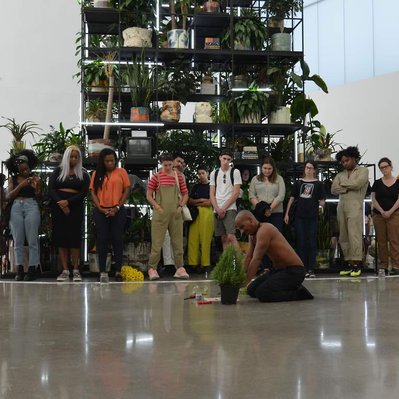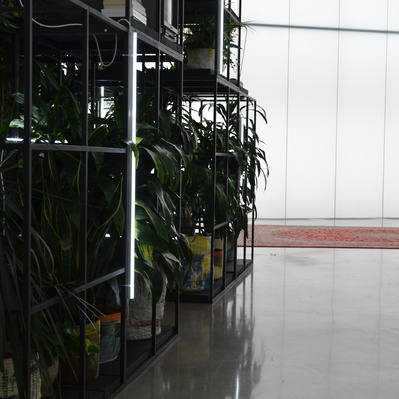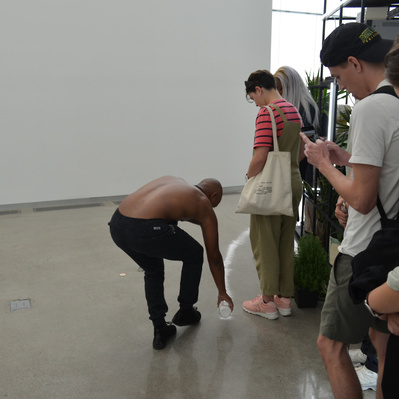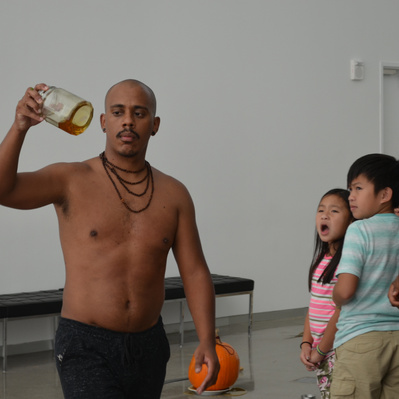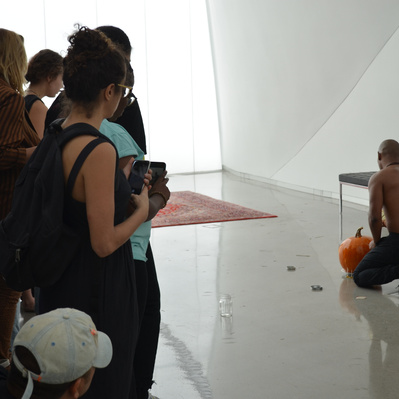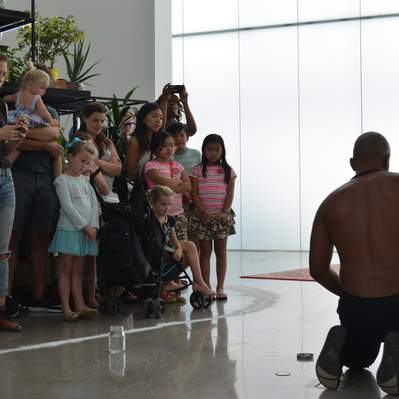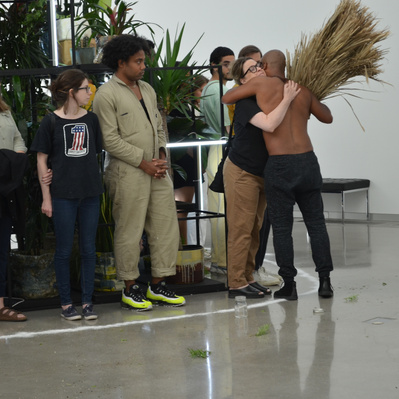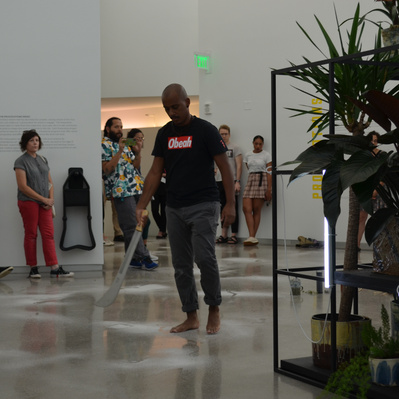Cutlass in Hand (2019)
Cutlass In Hand is a performance that partly speaks about my relationship to Trinidad orishas, Santeria, and obeah and the rituals that form part of the Yoruba religion. Yoruba religion is the base for many of the religions that are now part of the African diaspora in the Americas. Throughout my life, I have been exposed to these religions, rituals, and beliefs through my family.
“The African Cultural heritage has been preserved in the island up until this day thanks to the oral tradition passed down to us by those of Afro-Cuban gatekeepers who have been our parents, grandparents, and great grand-parents; rituals are the communication vessels with our origins.”
Pedro Perez Sarduy's text explains specifically the example of Cuba, but this is the case for many Caribbean families of African descent. In a similar way these stories, traditions, and rituals were passed down to my family. Neither my grandmother or my mother were initiated into any of these religions, but they were both practitioners. My connection with African spirituality comes from the maternal side of my family.
In the performance Cutlass in Hand, I walk around with my cutlass telling stories about colonialism and slavery. I speak about the British colonial slave registry and why my family’s last name is there. I talk about my effort to track my family tree to see if I can prove if the story is indeed how it's been told, and how in all my attempts I have failed to find adequate material. A lot of documents regarding my family’s heritage do not exist. There is nothing recorded on paper. I begin to talk about the erasure of histories, identities, and traditions. I talk about the cutlass being used to cut sugar cane. I swing the cutlass so everyone can hear the sound of how it cuts through the air. I talk about Yoruba religion and offerings for Oshun and Ogun… this is where the performance ends. Afterward, I make offerings to Ogun.
